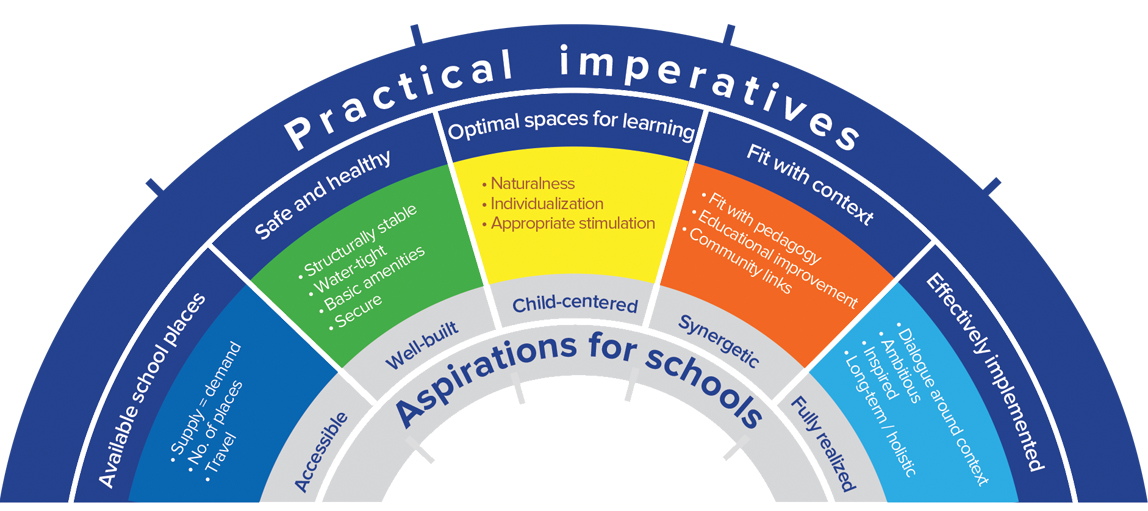Improve School Infrastructure to Improve Education
The approach of
renovating and upgrading school infrastructure is a trait of a
Progressive Nation









